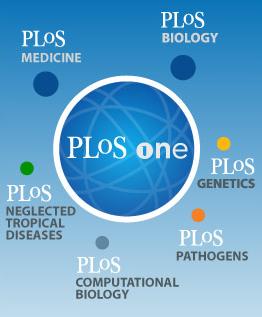导读:美国《科学公共图书馆—综合卷》4月2日刊登分析报告称,现有的身体质量指数(BMI)用于衡量肥胖不够敏感,这一方法造成美国人的肥胖状况被大幅低估。

BMI是国际上衡量人体胖瘦程度以及是否健康的一个常用指标,其计算方法是体重(千克)除以身高(米)的平方。正常值在20至25之间,超过25为超重,30以上则属肥胖。
美国非政府组织“大脑与身体健康组织”医学专家分析发现,39%以BMI标准衡量为超重的美国人,用双能X线吸收测量法衡量为肥胖。双能X线吸收测量法是近年来出现的一种能精确测量身体成分的新方法,可直接测量出身体脂肪、肌肉重量以及骨密度。
研究人员表示,BMI测量法便利、安全、成本低,但不够准确,容易低估肥胖状况,是一种需要更新的过时数学方法。

Measuring Adiposity in Patients: The Utility of Body Mass Index (BMI), Percent Body Fat, and Leptin
Nirav R. Shah, Eric R. Braverman
Background
Obesity is a serious disease that is associated with an increased risk of diabetes, hypertension, heart disease, stroke, and cancer, among other diseases. The United States Centers for Disease Control and Prevention (CDC) estimates a 20% obesity rate in the 50 states, with 12 states having rates of over 30%. Currently, the body mass index (BMI) is most commonly used to determine adiposity. However, BMI presents as an inaccurate obesity classification method that underestimates the epidemic and contributes to failed treatment. In this study, we examine the effectiveness of precise biomarkers and duel-energy x-ray absorptiometry (DXA) to help diagnose and treat obesity.
Methodology/Principal Findings
A cross-sectional study of adults with BMI, DXA, fasting leptin and insulin results were measured from 1998–2009. Of the participants, 63% were females, 37% were males, 75% white, with a mean age = 51.4 (SD = 14.2). Mean BMI was 27.3 (SD = 5.9) and mean percent body fat was 31.3% (SD = 9.3). BMI characterized 26% of the subjects as obese, while DXA indicated that 64% of them were obese. 39% of the subjects were classified as non-obese by BMI, but were found to be obese by DXA. BMI misclassified 25% men and 48% women. Meanwhile, a strong relationship was demonstrated between increased leptin and increased body fat.
Conclusions/Significance
Our results demonstrate the prevalence of false-negative BMIs, increased misclassifications in women of advancing age, and the reliability of gender-specific revised BMI cutoffs. BMI underestimates obesity prevalence, especially in women with high leptin levels (>30 ng/mL). Clinicians can use leptin-revised levels 1to enhance the accuracy of BMI estimates of percentage body fat when DXA is unavailable.
文献链接:https://www.biodiscover.com/news/healthcare/library/13218.html








